Here are some newly-published ensemble arrangements for mallet percussion; Danse Macabre by Saint-Saëns, Funeral March of a Marionette by Gounod, and Shona Spirit (three traditional mbira tunes for marimba ensemble).

During the summer of 1990, I was on the artist faculty at the Brevard Music Center in Western North Carolina. Since I had planned a Halloween concert for the Winthrop Percussion Ensemble the following fall (and had no clue what to program), I spent most of my free time that summer writing the two concert transcriptions presented here. Both arrangements (the Saint-Saëns and the Gounod) were taken directly from the orchestral score. Danse Macabre is scored for glockenspiel, xylophone, 2 vibraphones, 5 marimbas, and string bass (a bass marimba plays the string bass part on the recording below). The historical significance of Danse Macabre is important to percussionists, as it is the first orchestral composition employing a xylophone (to imitate the rattling bones of a skeleton dancing at midnight on Halloween).

Gounod’s Funeral March of a Marionette, originally written for piano, depicts the funeral procession of a broken marionette. Immediately following the first bar, containing only two notes a tritone apart (the “Devil’s interval”), a silent fermata announces, “The marionette is broken.” The somber adagio that follows depicts “murmurs of regret from the troupe.” The procession begins with the now-famous tune known by most as the theme from “Alfred Hitchcock Presents.” As the key changes from D minor to D major, the score reads, “Here many of the principal personages stop for refreshments,” and the recapitulation of the famous theme marks the “return to the house.”

The Shona people of Zimbabwe have a rich musical tradition. Both vocal and instrumental musical expressions largely depend on the concept of a constantly recurring harmonic cycle over which improvised variations are layered, often in an interlocking fashion. This concept is epitomized in the music of the mbira, in which the kushaura (leading part, melody) line is complemented by the kutsinhira (responding or supporting part) line to create an interlocking “kaleidophonic” texture.
All the marimba parts in these arrangements are derived from actual mbira parts, and are marked either kushaura or kutsinhira in order to facilitate the ensemble’s understanding of this important interlocking principle. An effective performance may be rendered by starting with the kushaura lines together, followed by the kutsinhira lines, and finally by the composite line performed by the lead soprano voice. Other imaginative layering techniques may be explored as well in order to give the audience a glimpse into the intricate internal structure of each piece.
Although the marimba is indigenous to Mozambique, Zambia, Malawi and other nations of Southeastern Africa, it was not introduced in Zimbabwe until the early 1960s at the Kwanongoma College of African Music in Bulawayo. The marimba ensemble, patterned after those found in neighboring countries, was chosen as a practical vehicle for preserving traditional Shona musical experiences and concepts without favoring any particular cultural or ethnic group. The Zimbabwean marimbas come in four sizes (soprano, tenor, baritone, bass) covering a four-octave range. The tuning of most marimbas found in Zimbabwe today is diatonic, usually in the western C major scale. (Many of the indigenous African marimbas and xylophones are tuned to pentatonic or heptatonic scales.) The keys are laid out in one manual, and the soprano and tenor instruments are provided with both F-natural and F-sharp keys, thereby affording them the opportunity to play in the keys of C major and G major. Because of the single-manual diatonic layout, the playing of these instruments depends more on aural awareness than the more visually-oriented western chromatic instruments for which these arrangements are written.
In these arrangements, the basic cycle for each instrument is notated along with suggested variations. The lead soprano voice (mushauri) is afforded the most freedom, while the supporting sopranos and tenors (vatsinhiri) have considerably less leeway for improvisation. In most cases, the supporting soprano voices play a fixed pattern. The baritone and bass voices (mazembera or mahon’era) usually outline the cyclic harmonic progression, and may vary their patterns occasionally as long as they maintain the chord progression.
Mahororo
According to Stella Chiweshe, Mahororo is the name of a small river in Zimbabwe. The interlocking melodic lines found in the tune Mahororo create a flowing effect that Chiweshe likens to a flowing river. She further states that people used the song to welcome hunters back to the village following an extended hunt. Forward Kwenda translates the title as “Baboons’ Voices” (onomatopoeic sound of baboon’s voices created by the interlocking mbira lines) or “Freedom following victorious struggle.” Likewise, Chartwell Dutiro describes it as a “song played after achievement.” Mahororo is harmonically derived from the older song Nyamaropa. The tune’s flowing rhythmic style results from the interlocking of the mbira player’s right and left hands on every other underlying pulse. One will note that Mahororo (as well as Nyamaropa) has a key signature of two sharps, although the tonal center is clearly “A.” This reflects the standard mbira tuning (also known as “Nyamaropa tuning”) in mixolydian mode (major scale with flat 7th). The key center of “A” was chosen for these works in order to accommodate a performance along with mbiras pitched in that key.
Nhemamusasa
Nhemamusasa, meaning “temporary shelter,” is a tune once associated with war that is now considered a hunting song. The title has to do with building a temporary shelter, called a musasa, which soldiers or hunters could use while away from home. Nhemamusasa differs from the other two tunes most obviously in its tonal center, a fourth above the lowest note on the mbira. Given an instrument pitched in “A,” Nhemamusasa would have a tonal center of “D,” the key in which this arrangement is written. The harmonic progression found in Nhemamusasa is identical to that of Nyamaropa and its derivative pieces, but with a higher tonal center. Unlike Mahororo and Nyamaropa, the kutsinhira line for Nhemamusasa is noticeably different in rhythmic character from the kushaura line, creating a rich polyrhythmic tapestry.
Nyamaropa
Nyamaropa (literally “meat and blood”) is generally considered among the most ancient of mbira compositions. Some musicians say it was the first piece composed for the instrument. Andrew Tracey calls it the “big song” for mbira, probably because it is the prototype for so many other mbira pieces such as Mahororo, as well as several others. Possibly originating as a war song “to raise emotions before a battle,” the piece is now considered a hunting song, its title suggesting the scene following a successful hunt.
These arrangements are available at www.bachovich.com.


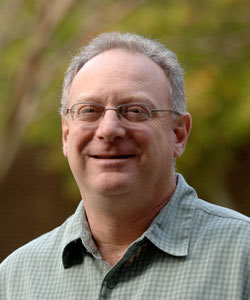

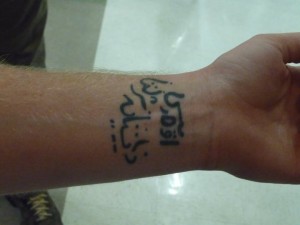





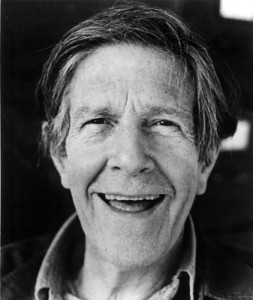
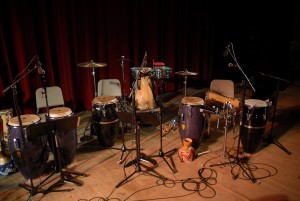
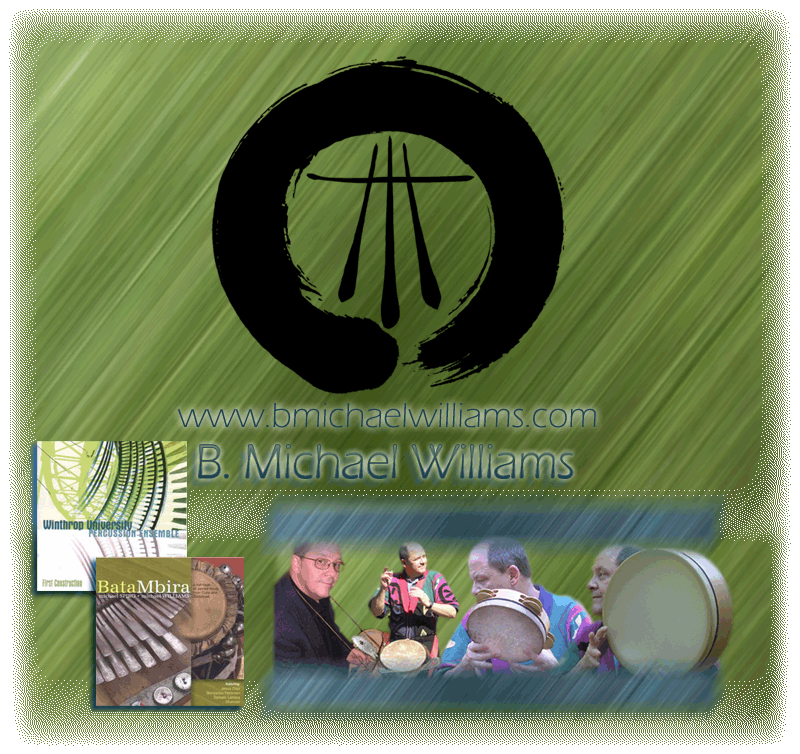



Recent Comments